Articles
-

Figures of Influence
By the early ’80s the Architectural Association School of Architecture (AA) in London had become a rich incubator of architectural speculation and the gathering place for the liveliest architectural discussions from around the world. The ringmaster of this potent construction was Alvin Boyarsky (1928–90), a Canadian who had studied architecture at McGill University (1946–51) and undertaken graduate studies in urban planning at Cornell University (1957–59). His meticulous and inventive curation of the AA stemmed partly from his critique of architectural education at the time and also from a fascination with how architecture might evolve during a period in which Modernism appeared to have run its course.
-

Figures of Influence
As a student at Vassar College, Phyllis Lambert found the question of influence—as it was then taught—to be superficial. “I disliked that enormously, it was like saying that the wind blows this way so the artist or philosopher did that.” Provoked by simplistic narratives of causality and easy connections that amount to little more than trivia, Lambert readily speaks of the precedents, traditions and especially of the wide range of factors that combine to shape architecture.
-
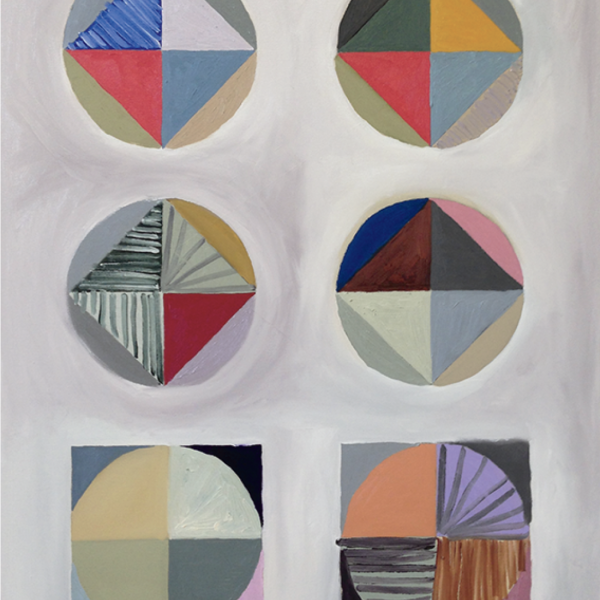
Derek Dunlop
-
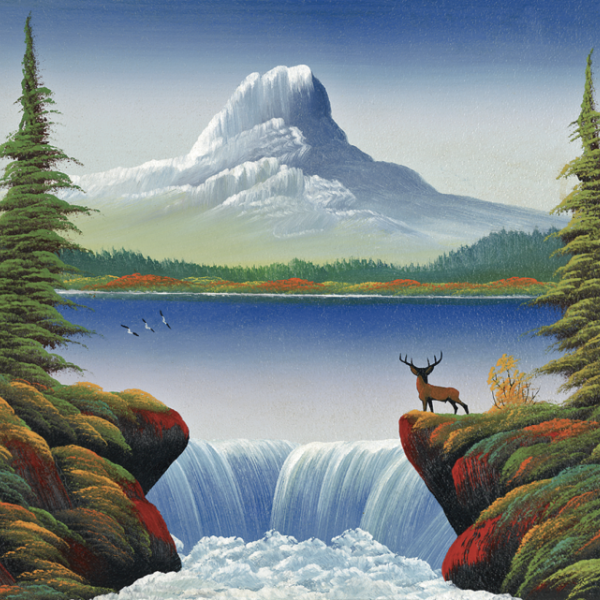
Levine Flexhaug
-
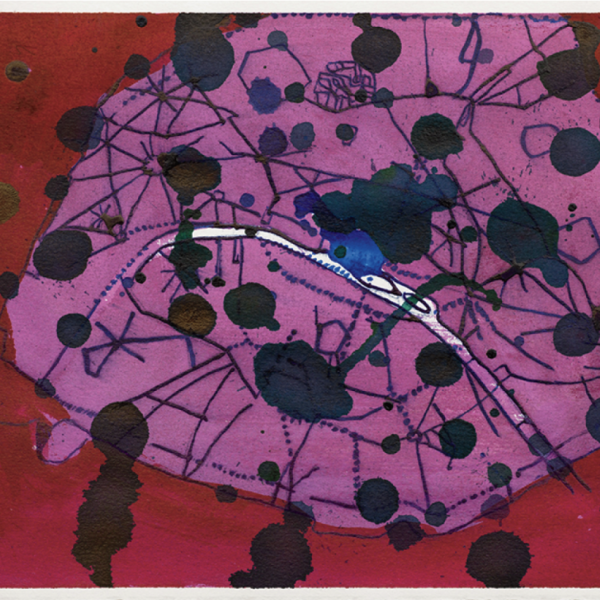
Landon MacKenzie
-
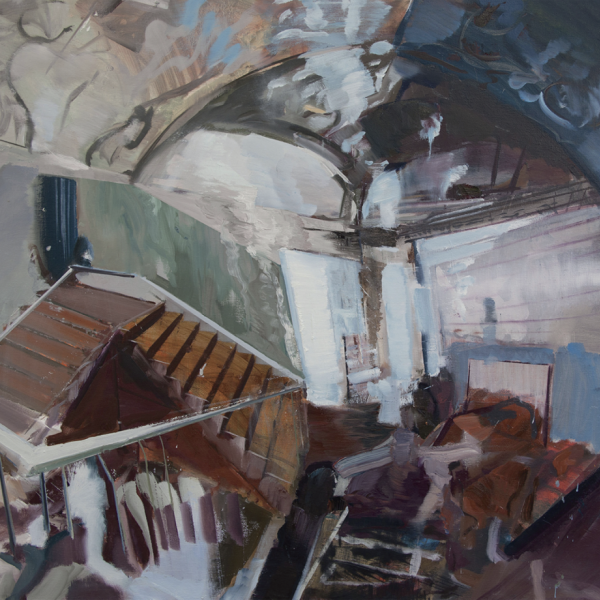
Martin Golland
-
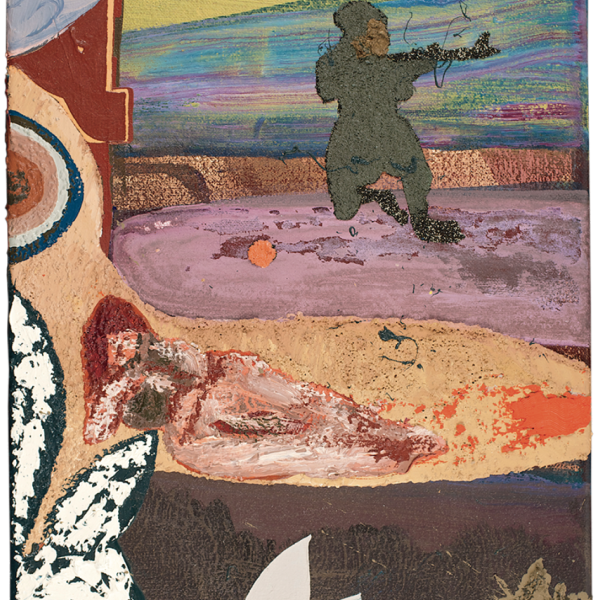
Craig Love
-
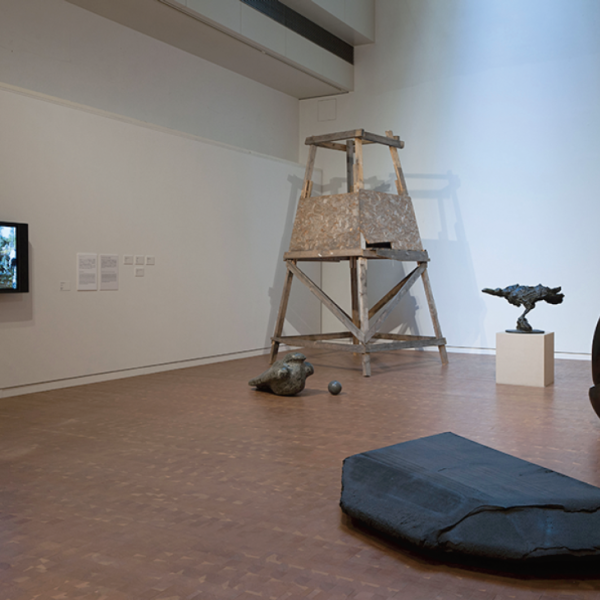
“Time of Others”
-
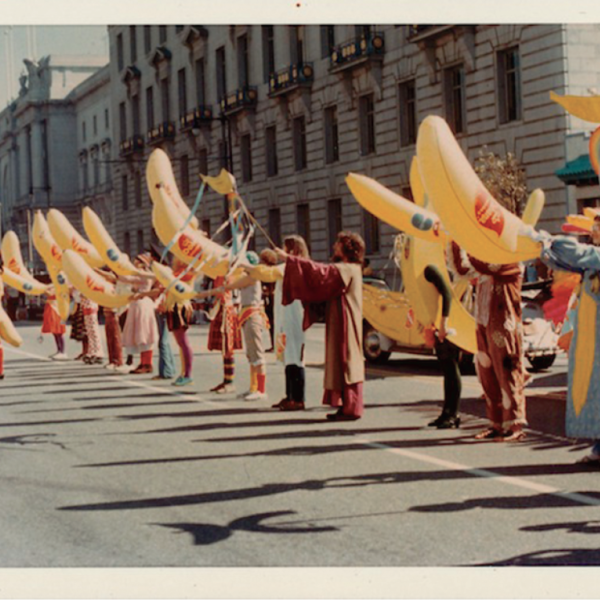
Anna Banana
-
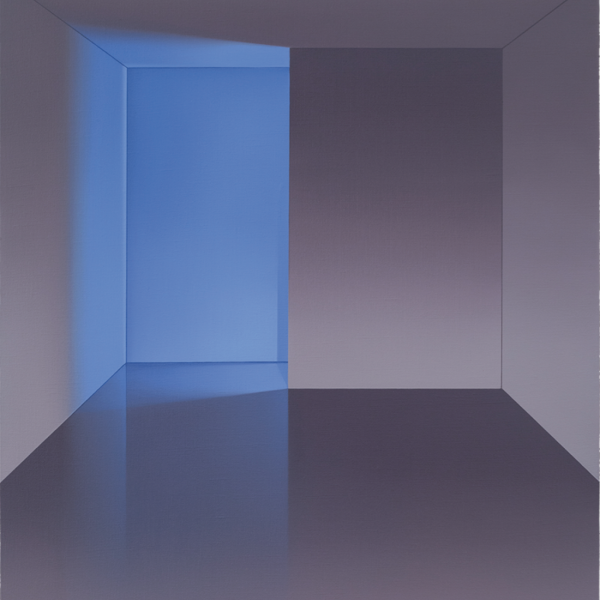
Pierre Dorion
-

“Age of Catastrophe”
-
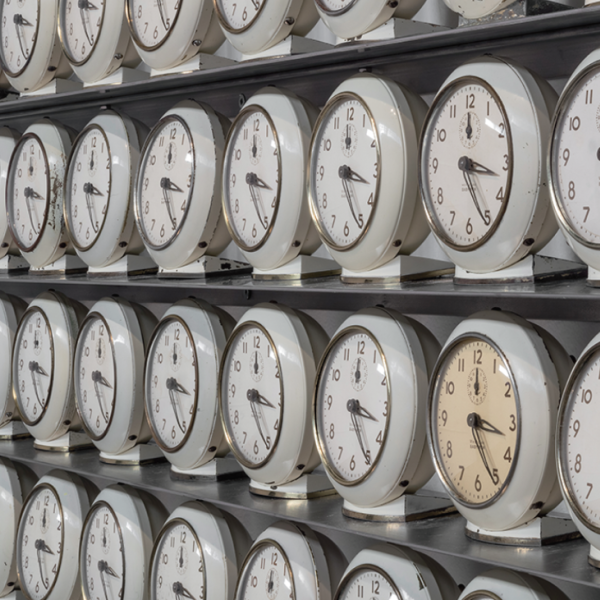
Ken Nicol
Haven’t found what you're looking for? Explore our index for material not available online.

